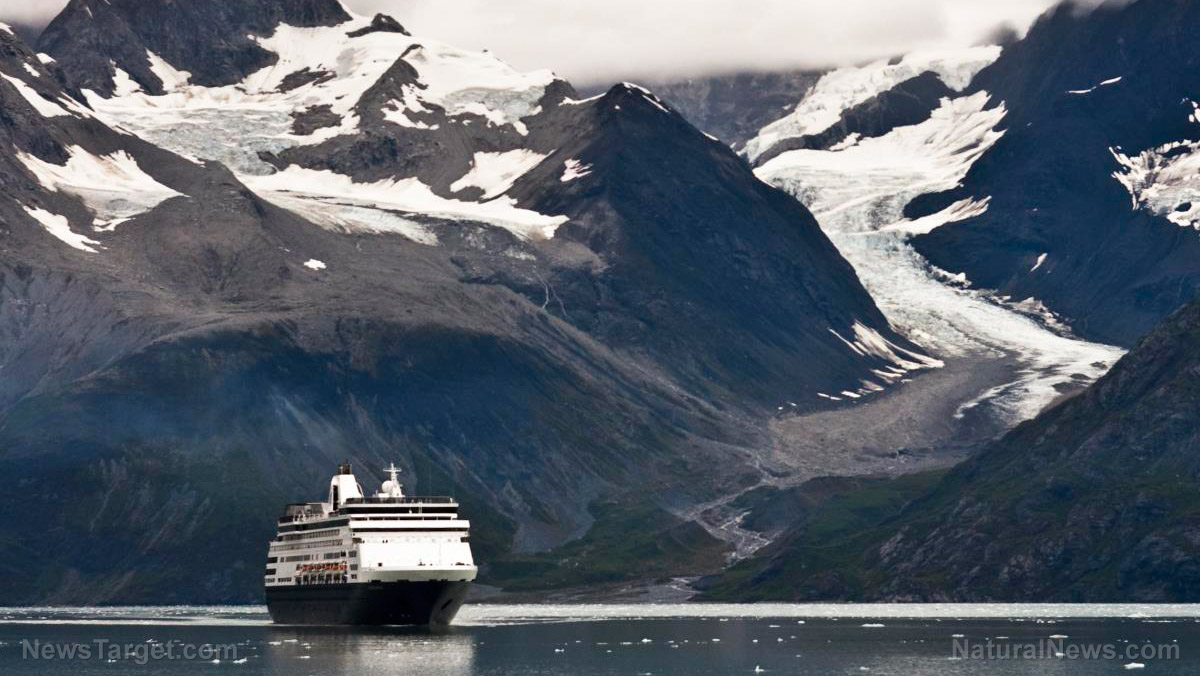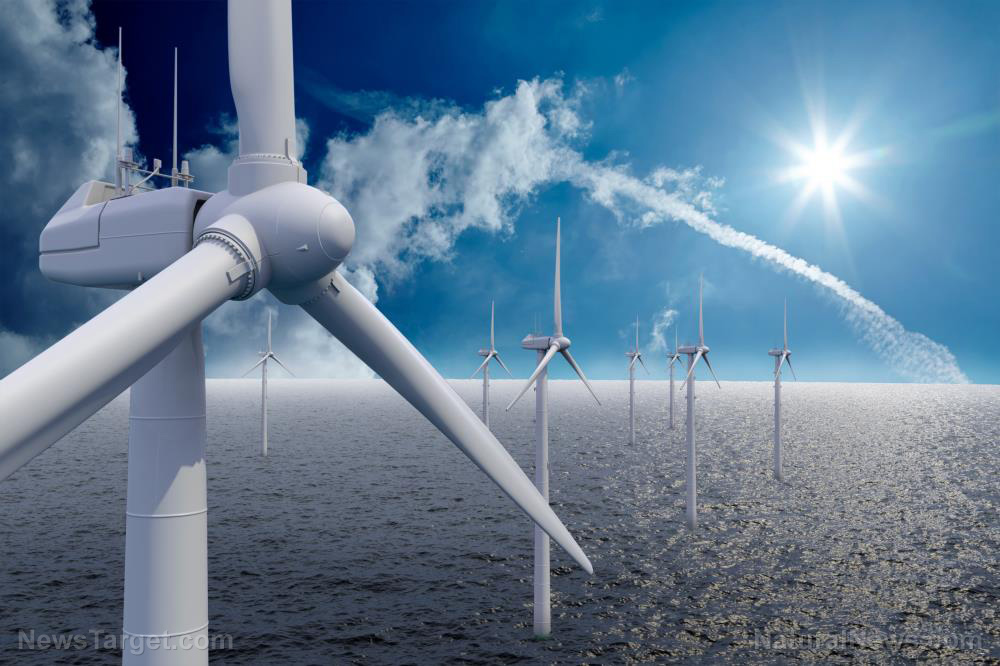
Advertisement
For some time now, scientists have theorized that Alaska originally started out as part of Canada’s Arctic archipelago, before continental drift put it where it is today. Now, scientists found evidence that the state may have come from farther to the east, closer to Greenland.
The new evidence comes from a geological survey of the Brooks Range, a mountain range stretching from west to east across northern Alaska and parts of Canada’s Yukon Territory. Geologists working on the survey discovered that the rocks in Brooks Range didn’t match those found in Canada’s Victoria Island. Previously, scientists had theorized that Alaska had been connected to Victoria Island before drifting away from it.
From Greenland to the Bering Strait
The current thinking on the geological history of Alaska states that it used to be in a different part of the Arctic before it ended up where it is now. The previous “rotation” theory suggested that Alaska had originally been part of the Canadian Arctic, before faulting and continental drift caused it to rotate and attach to its present location.
The study, however, indicates that this was not the case at all. The survey found that the rocks found in Brooks Range don’t match any from islands in the Canadian Arctic, such as Victoria Island. Instead, they matched rocks found much farther to the east, in Greenland.
With this new evidence, scientists are now theorizing that Alaska separated from Greenland through the action of a “strike-slip” fault, similar to California’s famous San Andreas fault line.
The search for Arctic oil
The new theory can have implications on efforts to find oil and natural gas in the region. The U.S. Geological Survey estimates that the Arctic contains about six percent of the world’s oil and 25 percent of its natural gas. Other, more generous estimates project that the region may hold as much as $30 trillion worth of fossil fuels beneath its surface.
The study did not predict exactly what kind of impact it could have on the aforementioned estimates. That said, the study will most likely attract the interest of the countries staking their claim to the area, looking for oil and other resources.
One of these countries is Russia, which has shown an increasing interest in searching for resources in the barren Arctic. As a result, Russia has greatly increased its military presence in the region. With the results of the study, a country like Russia could use geology to prove that large swaths of land are within their domain.
“If countries are going to make legal claims based on geology or geophysics, they should consider these much older boundaries that we are highlighting,” stated Justin Strauss, lead researcher of the study. “Governments will need to confront the complexities of geology meeting politics.”
Another implication has to do with the nature of the Arctic itself. Aside from the number of nature preserves and national parks, the study also hinted that the region is much more tectonically unstable. The use of certain methods for extracting oil, such as fracking can have serious negative effects on the region.
More evidence to prove cataclysmic pole shift
For others, however, these findings could be seen as evidence that can help prove the possibility of cataclysmic pole shift. While scientists have long believed that the Earth’s poles shift over time, evidence is mounting that these shifts happen rapidly and with calamitous effects.
That Alaska has moved so far — farther than scientists previously expected — over the course of history shows that the land in the Arctic is much more volatile than previously thought. This raises the possibility that the locations of everything in the Arctic, including the geographic North Pole, may have been drastically different in the distant past. More importantly, further studies can give hints as to when the next big polar shift may occur.
Sources include:
Advertisement
Advertisements
















